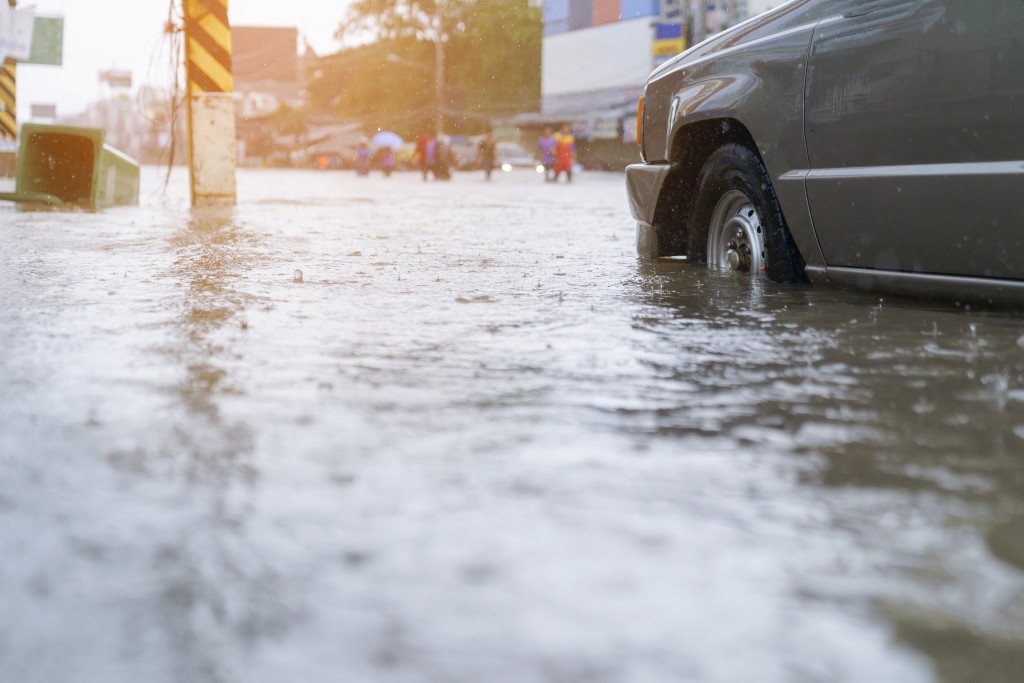Disclaimer: This website provides health information for educational purposes only and is not a substitute for professional medical advice, diagnosis, or treatment. Always seek the guidance of a qualified healthcare provider with any questions you may have.
Business planning is vital for every business, whether you are a small company just starting or a well-oiled machine reaching for expansion. There are so many circumstances that could spell doom if there aren’t any contingency plans and business continuity solutions set in place. Recent data suggests that most small businesses still don’t have systems in place in the event of a business disruption. Yet, around 25% of companies are unable to recover from major disasters and the like. Even those that can jump back need months to get back into regular operational status.
That is what makes it even more important to be aware of what hazards are out there putting your continuity at risk, like these:
Cyberattacks
One of the most common dangers faced by companies in today’s digital landscape is cyberattacks, of which there are so many manifestations now. From malware and ransomware to data breaches, they can cause a major disruption that halts a business’s productivity and even prevents recovery if not appropriately handled.
Statistics for this are worrisome, with six in ten small businesses having no digital security or backup plan ready to execute in the event of an attack. That is even though almost half of SMBs are being targeted, and this number continues to rise with each year as hackers find more sophisticated means to breach systems. Among those that are infringed, over half are unable to detect it in time, and these incidents can cause upward of $200,000 in losses and costs.
Power outage
Whether it’s a blackout, brownout, or a major fault, power outages cause US companies billions of dollars a year. A survey of various organizations revealed that an hour of downtime could cost up to $100,000 in over 98% of organizations. These outages not only disrupt services and cut down productivity but also result in further damage by way of hardware failure because of shorts and data corruption because of abrupt shutdowns. That is on top of a direct impact on the movement of operations because employees are unable to work while customers and suppliers may have difficulty reaching the business.
Natural disasters

Too often, businesses do not take into account the effects of inclement weather and calamities that can hit their location. These pose health and safety hazards if not prepped adequately and are often the cause for major business disruptions. These can cause a lot of physical damage to property and essential resources. They can even render services unreachable and undoable if there are no alternative solutions to keep things running. Though the exact impact can depend on the industry, all businesses are affected by this particular event.
Measures need to be taken to ensure that power continues to run and that everything can be secured appropriately. It is also a form of disaster that would require remote access and working to be a viable option prepared so that employees can continue to operate safely without sacrificing any uptime.
Knowing the risks to watch out for is the first step. Taking preventative action is the next crucial part of keeping operations running smoothly, no matter what may come.




